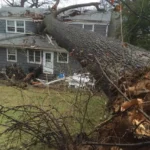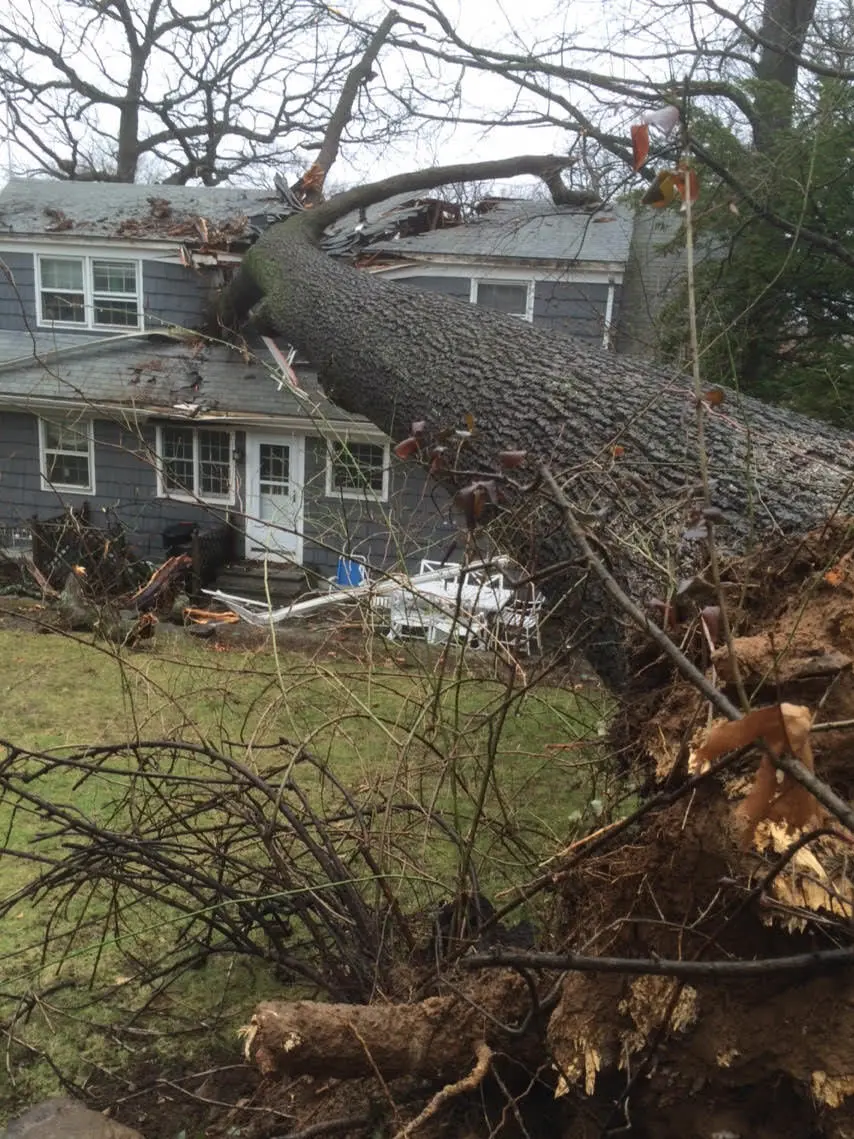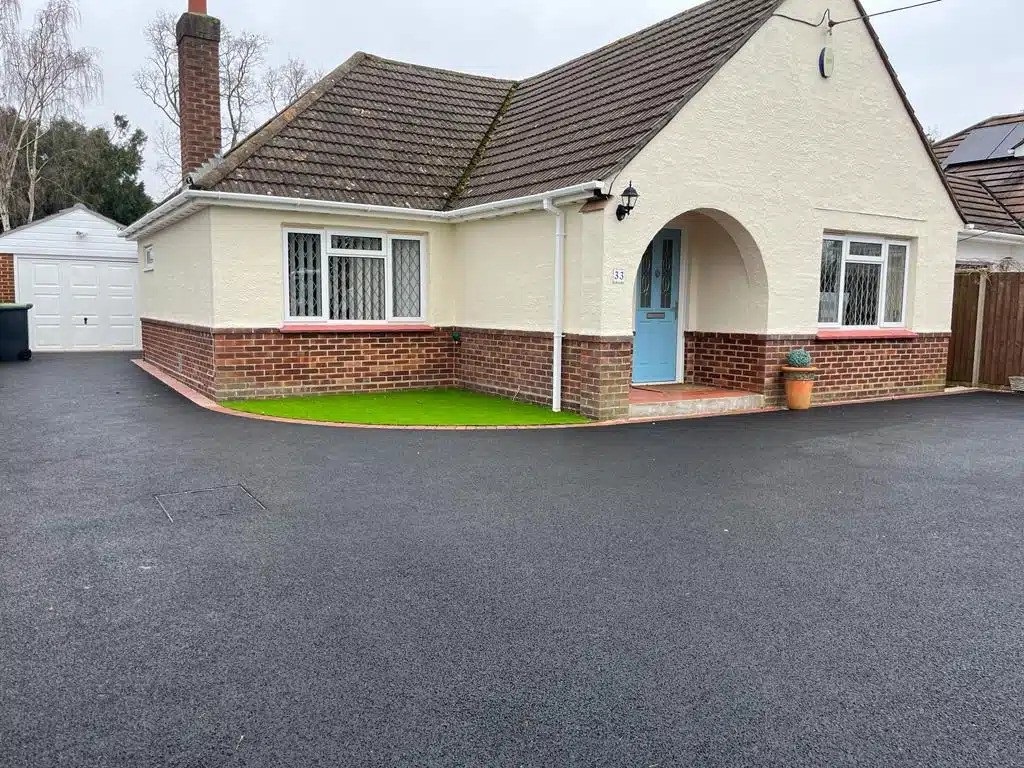A fire can be one of the most devastating events a homeowner can face. Not only does it cause visible destruction, but it also leaves behind lingering smoke damage that can make recovery seem like an uphill battle. If you’ve recently experienced a fire, you might be asking yourself, “Where do I even begin?” Let’s discuss the essential steps to take as you embark on the journey to restore your home and life after fire and smoke damage.
Understanding the Impact of Fire and Smoke Damage
Before diving into the recovery process, it’s important to understand the various ways a fire can affect your home:
- Structural Damage: Fires can weaken your home’s walls, ceilings, and foundation, making it unsafe to enter.
- Smoke and Soot Residue: Smoke can penetrate walls, carpets, and furniture, leaving behind soot and a strong odor.
- Water Damage: The water used to extinguish the fire can lead to water damage, mold growth, and additional complications.
Recognizing these challenges helps you better prepare for the restoration process. Let’s break down the steps needed to recover from fire and smoke damage.
Step 1: Ensure Safety First
Safety should always be your top priority. After the fire is extinguished, your home may still pose significant risks. Ask yourself, “Is it safe to enter?” Here’s what you need to do:
- Wait for Clearance: Do not re-enter your home until the fire department has declared it safe. Structural damage, electrical hazards, or lingering hot spots can make it dangerous.
- Wear Protective Gear: If you need to enter the home, wear protective clothing, gloves, a mask, and sturdy shoes. Smoke and soot particles can be harmful if inhaled or touched.
- Turn Off Utilities: To avoid any further damage or hazards, turn off your home’s electricity, gas, and water supply.
Step 2: Document the Damage
Documenting the damage is crucial for insurance claims and the restoration process. Take detailed photos and videos of all affected areas, no matter how minor they may seem. Include:
- Structural Damage: Capture images of walls, ceilings, floors, and any areas where the fire has caused visible destruction.
- Personal Belongings: Photograph damaged furniture, appliances, electronics, and personal items.
- Smoke and Soot Damage: Document the extent of smoke damage on walls, ceilings, and inside cabinets or drawers.
This documentation will be invaluable when dealing with your insurance company and will help ensure you receive adequate compensation.
Step 3: Contact Your Insurance Company
Filing an insurance claim might feel overwhelming, but it’s a crucial step in recovering from fire and smoke damage. Here’s how to navigate this process effectively:
- Notify Your Insurer Promptly: Contact your insurance company as soon as possible to report the damage. They will guide you through the claims process and inform you of what’s covered.
- Provide Documentation: Share the photos, videos, and any notes you’ve taken about the damage. The more detailed your documentation, the smoother the claims process will be.
- Understand Your Policy: Familiarize yourself with your policy’s coverage, deductibles, and limitations. If there are any terms you don’t understand, ask your insurance agent for clarification.
Step 4: Prevent Further Damage
While waiting for your insurance adjuster or professional restoration services, take steps to prevent further damage to your home. This proactive approach can save you time and money in the long run. Consider these actions:
- Ventilate the Area: Open windows and doors to allow fresh air to circulate. This helps reduce smoke odor and prevents further damage from smoke particles.
- Remove Valuables: If it’s safe, remove undamaged items to prevent them from being affected by soot or water.
- Cover Furniture and Carpets: Use plastic sheets or tarps to protect furniture and carpets from soot, ash, or water damage.
Step 5: Begin the Cleanup Process
Once you have documented the damage and taken steps to prevent further harm, it’s time to start the cleanup process. Fire and smoke damage cleanup can be challenging, so it’s essential to tackle it methodically:
- Remove Soot and Ash: Use a vacuum with a HEPA filter to gently remove soot and ash from surfaces. Avoid using a regular vacuum, as it can spread particles around.
- Clean Smoke Residue: Wipe down walls, ceilings, and other surfaces with a dry sponge or specialized cleaner designed for smoke damage. Avoid using water initially, as it can smear the soot and make it harder to clean.
- Wash Fabrics: Remove smoke odors from clothing, curtains, and other fabrics by washing them in warm water with detergent and baking soda. It may take several washes to fully eliminate the smell.
Step 6: Address Smoke Odor Removal
Smoke odor can linger long after the fire is out, and it can be one of the most challenging aspects of restoration. Here are some effective ways to tackle smoke odor removal:
- Air Purifiers: Use air purifiers with HEPA filters to help eliminate airborne smoke particles and odors.
- Vinegar and Baking Soda: Place bowls of vinegar or baking soda around the house to absorb odors. These natural deodorizers are effective in neutralizing strong smells.
- Activated Charcoal: Activated charcoal is highly effective at absorbing odors. Place bags of it in different rooms to help eliminate the smoke smell.
If the odor persists, consider hiring a professional restoration company specializing in fire and smoke damage restoration. They use specialized equipment like ozone generators to remove the smoke odor completely.
Step 7: Repair and Restore
Once the cleanup process is underway, you can begin repairing and restoring your home. Depending on the extent of the damage, this step might involve:
- Structural Repairs: Fixing damaged walls, ceilings, and floors to restore your home’s stability and safety.
- Electrical and Plumbing Inspections: Have a licensed electrician and plumber inspect your home’s systems to ensure they are safe and functional.
- Painting and Refinishing: Repainting walls and refinishing surfaces can help eliminate smoke stains and odors, giving your home a fresh start.
When to Hire a Professional Restoration Company
While you can handle some aspects of cleanup and restoration yourself, severe fire and smoke damage often require professional help. Hiring a restoration company offers numerous advantages:
- Expertise: Professionals have the experience and knowledge needed to handle fire and smoke damage effectively.
- Specialized Equipment: They have access to industrial-grade equipment like air scrubbers, dehumidifiers, and thermal fogging machines that can expedite the restoration process.
- Safety Assurance: A professional team can identify hidden dangers, such as weakened structures or hazardous materials, ensuring your home is safe.
Preventing Future Fires: Tips and Precautions
Recovering from fire damage is a challenging experience, but it’s also an opportunity to make your home safer. Here are some preventative measures to consider:
- Install Smoke Alarms: Make sure you have smoke alarms installed in every room and test them regularly.
- Create an Escape Plan: Develop a fire escape plan with your family and practice it at least twice a year.
- Invest in Fire-Resistant Materials: Consider using fire-resistant building materials, such as fire-rated drywall or insulation, when rebuilding or renovating.
The Emotional Impact of Fire Damage
Beyond the physical destruction, a fire can take a significant emotional toll. Losing your belongings, memories, and sense of security can be overwhelming. It’s essential to take care of your mental health during this time:
- Seek Support: Talk to friends, family, or a counselor about your experience. Sharing your feelings can help you process the trauma.
- Take It One Step at a Time: Recovery is a gradual process. Focus on one task at a time and celebrate small victories along the way.
- Don’t Be Afraid to Ask for Help: Whether it’s hiring a restoration company or asking friends to assist with cleanup, seeking help can make the process more manageable.
Final Thoughts: Rebuilding and Moving Forward
Recovering from fire and smoke damage is a journey that requires time, patience, and resilience. While the process can be emotionally and physically challenging, remember that each step forward brings you closer to restoring your home and reclaiming your life. By following this guide and seeking the right support, you’ll be well-equipped to handle the challenges ahead and rebuild your home with strength and hope for the future.










